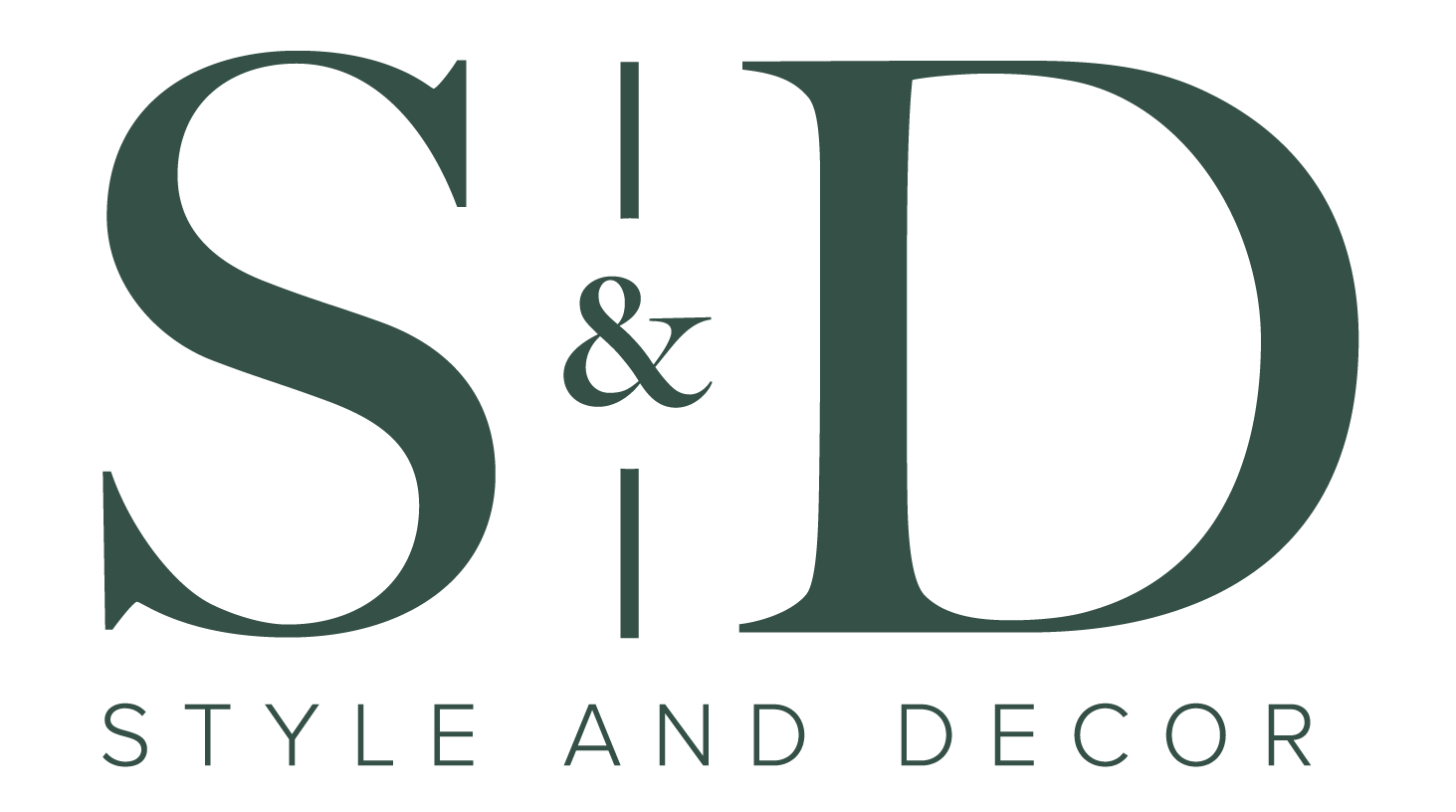I catch up with bespoke furniture makers Zelouf & Bell to lift the lid on this award-winning team and their solid-wood contemporary furnishings. After all, their projects are gracing homes in Paris, Beijing and New York as well as taking price of place in the National Museum of Ireland at Collins Barracks. Want to find out more about Susan Zelouf and Michael Bell? Read on and enter the exciting world of this American-Irish creative duo!

How did Zelouf & Bell come about?
I left NY in 1985 with a Theatre Arts and Film degree to live and work in Rome. There and in LA, I worked in the film and music industry, combining singing and voice work with writing screenplays. Belfast-born Michael grew up in Northern Ireland under the shadow of the Troubles. He’d excelled in science, engineering, woodwork, metalwork and mathematics, though a series of motorcycle accidents cut short his university education. However, in 1990, while in Rome on business for a tobacco firm, Michael heard me singing at Cafe de Paris on the via Veneto. In fact, neither of us has a design background and Michael’s a self-taught furniture maker. So, we started our own company designing and making studio furniture to ground us in the same place at the same time. Our work became a passion that takes us around the world, meeting clients and installing our pieces personally.

Where are you based and what’s the set up?
We live in the Irish countryside with our three dogs (two Rottweilers and an Akita); our cottage is in front of our workshop. Together with our team of master craftsmen, we’ve been making museum-quality furniture to commission in our workshop in rural Ireland since 1992. Our award-winning work is in private collections, public offices, Embassy residences, churches and museums, at home and abroad.
How would you describe your aesthetic?
Our aesthetic and ethos is grounded in who we are individually and our synergy as a couple in the world. It may seem a collision of cultures and characters; instead, a kind of alchemy occurs, engendering extraordinary pieces grounded in practicality, a dialogue between art, history and design.
We don’t fit in, but for us, that’s a strategy. Ours is an intensely personal new modernism, a distillation of what delights and moves them, informed by that which came before.
We sometimes describe our work as a convergence of two oceans. When two bodies of water meet there is tension, a difference in salinity, temperature, density, currents, colour, sediment… eventually, they mix. It’s like that with Michael and I. He’s from Northern Ireland, from a science, maths and engineering background. I’m from New York, from a theatre arts, music and writing background. Both of us believe a thing well made is a thing worth making. Neither of us have any formal design training, unless you count a one-week workshop Michael attended at John Makepeace’s illustrious school of furniture making Parnham. In fact, Michael was the only student who left with a fully realised, beautifully finished chair.

You use traditional furniture making techniques – can you explain a little bit more about what these are?
Our work is low tech (old school drawing board, translucent paper, pencil, pen, rulers.) We sketch and draw by hand, then Michael refines the drawings at a vintage drafting board. There’s no CAD for us, nothing digital…and it’s highly specialised. Our furniture makers come from a variety of backgrounds including restoration and traditional cabinetmaking schools. Some start very young and are incredibly skilled as joiners and artisans, with a huge range of skills in hand and machine work. There are so many processes in making a piece of fine furniture; very few makers are able to work to the degree of making and finish we require. I often think our makers might’ve made excellent surgeons!
In addition to working in solid wood, we specialise in veneer work, marquetry, gilding, shagreen, metal inlay and speciality finishes.
Where do you source your materials?
We travel widely, sourcing and selecting materials for each project.

Walk me through a typical commission from initial conception to design:
Commissioning furniture can be a thrilling, daunting, creative and deeply rewarding process. After all, this is how you will end up with a piece or pieces to fit your space and needs. When you choose to work with Zelouf & Bell, you’re choosing studio furniture makers with a team of master craftsmen who have been making museum-quality furniture to commission since 1992. We have achieved award-winning work in private collections, public offices, embassies and embassy residences. Our team has also worked with Michelin-starred restaurants, churches and museums in Ireland and around the world.
As artisans, we use techniques and materials that are impractical for larger manufacturers, who depend on volume and factory-led automated processes and are often based in low wage/low overhead countries. We’re also engineers so we always keep the requirements of the end user in mind. Consider us as artists, too, as we are committed to making work that resonates beyond its function.
We ask that our clients have a reasonable lead time and a realistic budget for the kind of work we are committed to making. In addition, they need the vision to commission pieces that we trust will both meet their requirements and exceed their expectations.

What sorts of prices are we talking about?
In terms of price, our work is necessarily high-end. The pieces our furniture makers create are functional, beautiful and extremely labour-intensive. We are a small team, working in a costly country, designing unique and limited edition pieces. In fact, we use traditional techniques using hand selected, luxurious materials to produce every exquisite piece.
If, after viewing our vast and varied portfolio of recent and archived work, you are interested in having furniture made especially for you, contact us to set up a meeting, either in our studio or your home or office. We’re happy to arrange for an initial consultation at no cost. It’s helpful to provide us with plans or sketches, if available. In addition, during the meeting, we’ll assess the space and take dimensions. However, knowing your budget allows us to consider the complexity of design we’ll propose.
How do you move the project forward?
During our meeting, if all of us feel the ‘fit’ is right, we’ll specify a design fee to cover the cost of developing the drawings and detailed design proposal, based on your requirements. Samples may or may not be ordered; depending on the project, you may want to add a model to your design proposal. The design proposal cost may be absorbed into the overall cost of the commission; should you choose not to go forward with the commission, this fee will still be applicable. Once we come to an agreement on the details of the design, cost and lead time, we’ll prepare an order form/contract; a 50% part payment confirms your order. Depending on the complexity and scope of the project, we may negotiate stage payments.
While our design proposal is a detailed and cohesive response to the brief we’ve established with our clients, we encourage visits to our workshop to see your commission in progress when possible; we may also take pictures and video-clips and send them on, to share with clients the genesis of their pieces.
For clients who live further afield, we can provide a shipping quote. When possible, we can arrange to personally deliver and install your pieces, both in Ireland and worldwide.

What has been your favourite commission to date?
Bell: I particularly enjoy engineering challenges. When our Span table was not able to be modified into a table large enough for our clients, as the arch would become distorted, we looked at the possibility of designing a table based on another bridge, the Golden Gate Bridge in San Francisco where our clients had lived for many years, except we turned it upside down. The table seems to be balanced on two points, the tabletop elevated above the base. It seems impossible to realise, and almost was. It’s both a feat of engineering (no one but I thought it would work) – I love the challenge, and our clients adore the table, which has been the centre of many many dinner parties.
Zelouf: I love our Branch screen, a spectral stand of silver birch at twilight. Low contrast, tone-on-tone hand-cut marquetry in quarter sawn brown oak wraps around the ‘horizon’ of 5000 year old bog oak panels, grounded by a wedge plinth. The eye fills in details intentionally left out of the pattern. Creating the artwork for the screen was a Poetic challenge I feel we’ve met.

Where do you find your inspiration?
Bell: At the bench. Reading. Life. I keep my eyes and ears open, and stay humble. I learn every day, out in the workshop, working with our makers, at the drawing board.
Zelouf: Architecture. Buildings. Fashion, when it’s relevant – we love looking at the work of fashion designers like Balmain, Dior, Givenchy, Westwood, McQueen. Travel. Textiles. Visual artists. Pattern. Actually, it was Yoji Yamamoto’s costume design for Bowie’s Aladdin Sane tour that inspired our Stones in a Pond cocktail cabinet. Fashion inspires us. Wonderful exhibition “Manus x Machina: Fashion in an Age of Technology” at the Met in NY, the McQueen exhibition at the V+A. I have a lot of heroes – Gio Ponti, Charles and Ray Eames, Brancusi, and artists, artisans, poets, painters, sculptors, jewellers, writers – the discipline is unimportant.

Where can I find some of your pieces?
In private collections, public offices, embassy residences, museums and churches in Ireland and abroad, from Dublin to Dubai, Brussels to Berlin, Los Angeles to Luxembourg. Corporate clients include XL Insurance (Number 8 St. Stephen’s Green), Aer Rianta (DAA), An Bord Pleanala, Arthur O’Hagan & Co Solicitors, Binchy’s Solicitors, Crafts Council of Ireland, Ministry of Defense, Department of Foreign Affairs, Dublin Writers Museum, ESB International, Farrell Grant & Sparks, Fidelity Investments, Forbairt, FTI Finance, the Galway Clinic, Government Supply Agency, Guinness, the Irish Stock Exchange, The Laser Centre, The Merrion Hotel, three pieces in the National Museum of Ireland at Collins Barracks (permanent collection), OPW, Siemens, the Verbal Arts Centre, the Gothic Church at Kylemore Abbey, and the Irish State Guesthouse at Farmleigh.

Our extensive portfolio of award-winning architectural furniture spans residential and commercial projects, garnering worldwide recognition, with prestigious commissions including twelve Embassy residences abroad, from Berlin to Beijing, The Hague to the Holy See, Ottawa to Tokyo. With no house style, just high standards, each piece or complete interior is a thoughtfully designed and exquisitely made response to a specific client brief, often in collaboration with an architect and interior designer.
Recently completed projects include conference furniture in the Four Courts, Teagasc, Shankill House and Fidelity Investments, a collection of classically inspired pieces for fashion designer Louise Kennedy, the interiors of a private fishing lodge in Galway, a luxury holiday home in Kinsale, a penthouse apartment in city centre Dublin, a penthouse in the Four Seasons, a Manhattan penthouse overlooking Central Park.
Our 2016 projects recently completed and underway include the redesign of Restaurant Patrick Guilbaud (Ireland’s only two star Michelin) and conference furniture for the Department of Enterprise and Employment, Kildare Street, Dublin. You can see selected works at their Dublin studio, by appointment.

What furniture trends are you noticing at the moment?
Our clients are buying better and buying less. Although our work is too expensive to be an impulse purchase for most people, they keep our card, sometimes for years, visualising how they want their homes to look. They don’t find what they want on the high street or at the bog box stores. They want something that resonates with their deepest selves, something that may outlast them, to be handed down. Something ensouled by the hand of the furniture makers.
What projects do you have on the horizon?
We’re delivering and installing a monumental entrance door inspired by an abacus. Currently, we’re also working on a new technique for a commission by a visionary private collector. This project is both incredibly exciting and breaking our hearts but we’ll get there. Also, our NY gallery Maison Gerard will be showing some of our work at Salon, a prestigious NY show at the Armory. We’ve also just delivered our Serpents Bar Cart to the country home of wonderful clients. In addition, we’re starting work on a games table for the turret of a castle. Then, there are several cocktail cabinets in progress; cocktail cabinets are such fun to design, make and christen! We do have a rider on our commissioning contract: champagne upon delivery!

What advice would you give to aspiring furniture makers?
You’d make much more money making kitchens. If you’re married or in a relationship, make sure one of you has a good, pensionable job. Don’t compare yourself to anyone else. Credit your influences and teachers – you didn’t lick it off a stone in your Daddy’s farmyard, now did you?
Where can I find out more about your work?
If you can ever get to a show or exhibition, it’s really the best way to get a feel for what we do. We love to show our work to anyone who’s interested, whether or not you’re in a position to buy anything. And I’m playing with the idea of making a little video of us talking about our work. After all, it’s what wakes us up in the morning!





